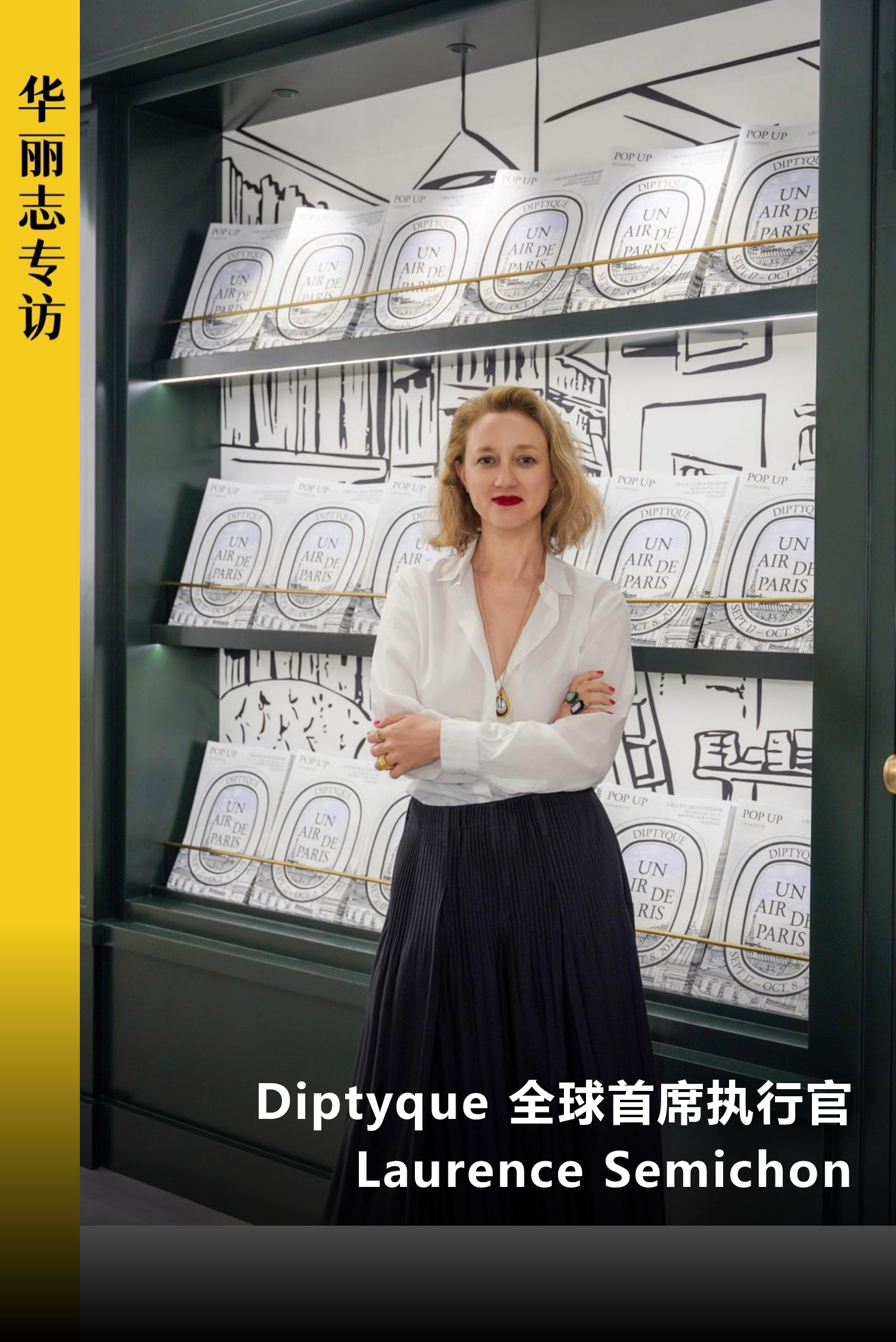“During the anniversary celebrations this year, Grand Gateway 66 attracted nearly 150,000 visitors over two days, with single-day sales reaching an all-time high. This is a rare achievement in today’s economic climate,” said Veronica Chan, Director of Mainland Operations at Hang Lung Properties, in an exclusive interview with Luxe.CO.
Opened at the end of 1999, Shanghai’s Grand Gateway 66 (hereinafter referred to as “Grand Gateway”) was Hang Lung Properties’ first commercial project in the Chinese Mainland and the first comprehensive shopping center in the Xujiahui business district.
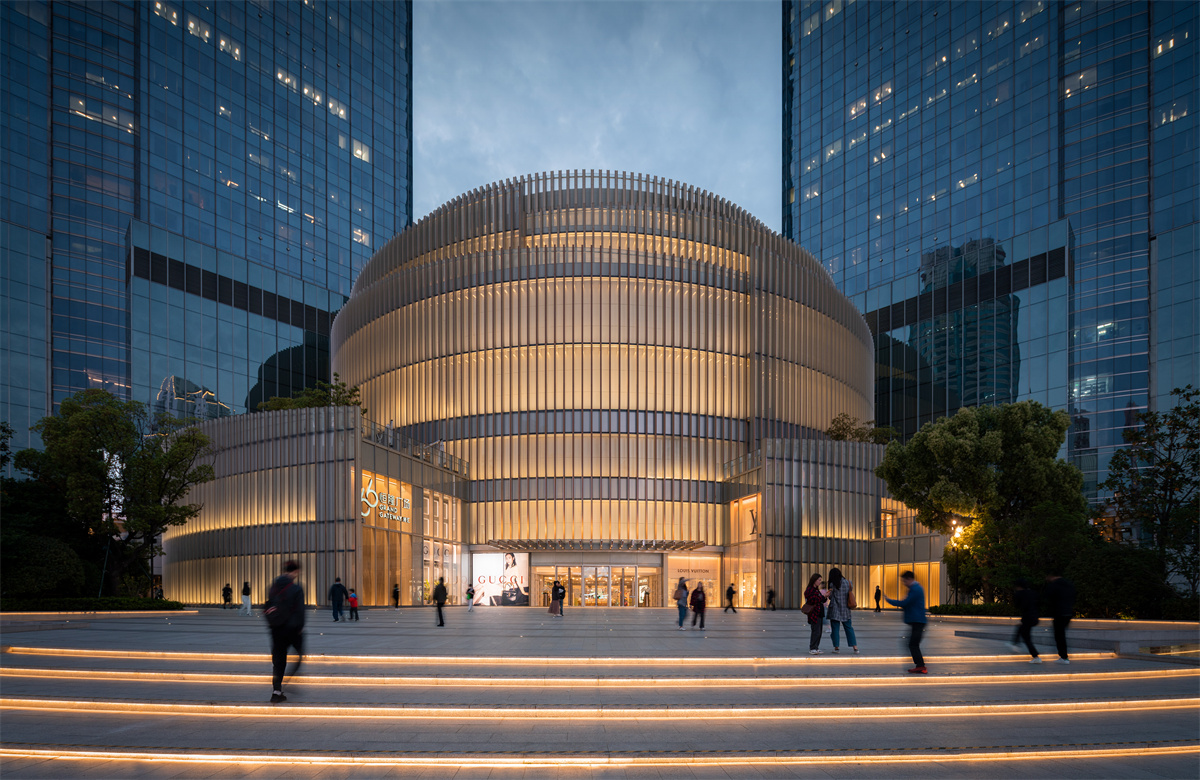
Over the past 20 years, Grand Gateway has become a symbolic landmark in Xujiahui and even Shanghai, holding countless memories for its visitors. The mall has also witnessed and contributed to the evolution and development of the Xujiahui business district.
Today, as the Xujiahui area undergoes a period of transformation with the redevelopment of traditional commercial spaces and the rise of new ones, Grand Gateway faces critical questions: How can it retain its core essence while embracing innovation and change? How can it maintain its loyal customer base while attracting new demographics?
For both traditional business districts and commercial complexes, achieving a balance between legacy and renewal is an enduring challenge.
In this exclusive interview with Luxe.CO, Chan shared her insights into these challenges and analyzed the factors behind Grand Gateway’s impressive performance.
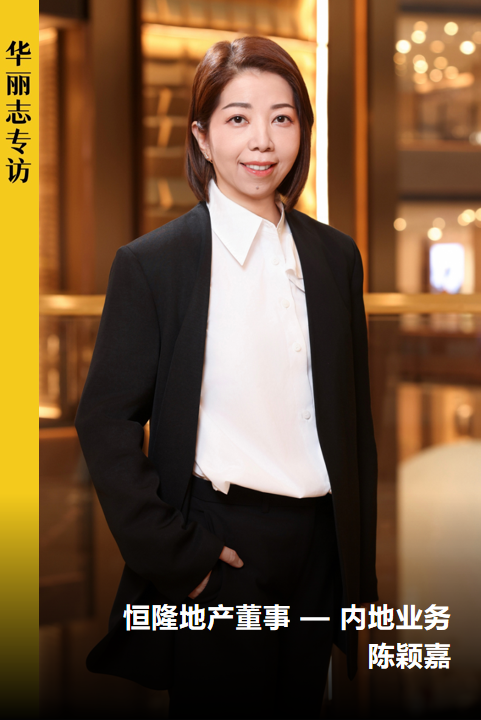
Chan brings over 25 years of experience in retail and project management. She holds an MBA from the Hong Kong University of Science and Technology, a master’s in Business Information Systems from Middlesex University, a master’s in Urban Planning from the University of Hong Kong, and a bachelor’s degree in Geography from Hong Kong Baptist University. Since joining Hang Lung Properties, Ms. Chan has been responsible for the operations of Grand Gateway 66 in Shanghai and Heartland 66 in Wuhan.
“Resting on your laurels leads to losing competitiveness.”
Throughout the interview, Ms. Chan repeatedly emphasized the importance of “renewal.”
“My vision is for Grand Gateway to leave a lasting impression as a vibrant shopping mall that is always renewing itself,” she said.
In 2020, Grand Gateway underwent its largest optimization project since opening, introducing an entirely new commercial mix. The three-year renovation covered every aspect, including the facade, ceiling, flooring, pathways, and hardware facilities, alongside an upgrade to its brand portfolio, making the mall’s offerings more upscale and diverse.

Above: The newly upgraded dome at Grand Gateway 66
One of the most notable aspects of the renovation was the increased presence of high-luxury brands.
Upon entering the first floor, visitors are greeted by an array of renowned brands such as Louis Vuitton, Gucci, Bottega Veneta, Burberry, Loewe, Cartier, Van Cleef & Arpels, and Bulgari. Many flagship brands, including Louis Vuitton and Gucci, have expanded from single-story stores to double-story setups.
Another significant development is the transition of some pop-up stores to permanent locations. For instance, luxury jewelry brands like Bulgari, Buccellati, and De Beers initially opened pop-ups and later established permanent boutiques.
The brand curation on every floor of Grand Gateway has been continuously optimized. The mall has expanded its offerings in beauty, fashion, dining, and sportswear, consistently bringing a sense of freshness to its customers.
The second floor houses contemporary luxury brands such as Herno, Corneliani, Longchamp, Tory Burch, Colombo, and Polo Ralph Lauren. The basement floor now features high-end beauty and fragrance brands such as Chanel, La Mer, Dior Beauty, Gucci Beauty, Tom Ford, and Penhaligon’s.

Above: Bulgari boutique at Grand Gateway 66
In the past two years, Grand Gateway has further embraced renewal by focusing on two key strategies: capitalizing on the “first store economy” and introducing a new hospitality element to enrich customer experiences.
According to Grand Gateway, the mall has welcomed 41 new stores in 2023 alone, spanning categories such as jewelry, beauty, fashion, dining, children’s products, and lifestyle. “As of June 30, 2024, the mall’s occupancy rate stands at 97%,” Chan revealed.
In September, Hang Lung Properties announced the transformation of one of Grand Gateway’s tiered “Gateway Apartments” into a luxury boutique hotel under the InterContinental Hotels Group’s Kimpton brand. Named Kimpton Shanghai Xujiahui Hotel, this property will fill a gap in the luxury hotel market within Xujiahui and inject fresh energy into the district.
Interview Highlights
Luxe.CO: Which types of brands are Grand Gateway’s key targets?
Veronica Chan: We aim to continuously explore and introduce “China’s first stores” or flagship stores, whether in dining or fashion, to keep the mall fresh and exciting for our customers.
For the luxury segment, we will maintain our premium positioning while further upgrading the luxury brand offerings. If opportunities arise, we are also open to refining the sub-luxury category.
Luxe.CO: Will Grand Gateway consider introducing brands that started online? What challenges might these brands face when opening offline stores?
Veronica Chan: Yes, this is part of our planning. We hope to help these brands expand into offline spaces, offering customers the chance to experience their products in person.
For online brands transitioning to offline, the first challenge is designing stores that align with both the mall’s overall positioning and the brand’s identity. They also need to expand their SKU offerings and provide engaging content and interactive experiences to capture their audience.
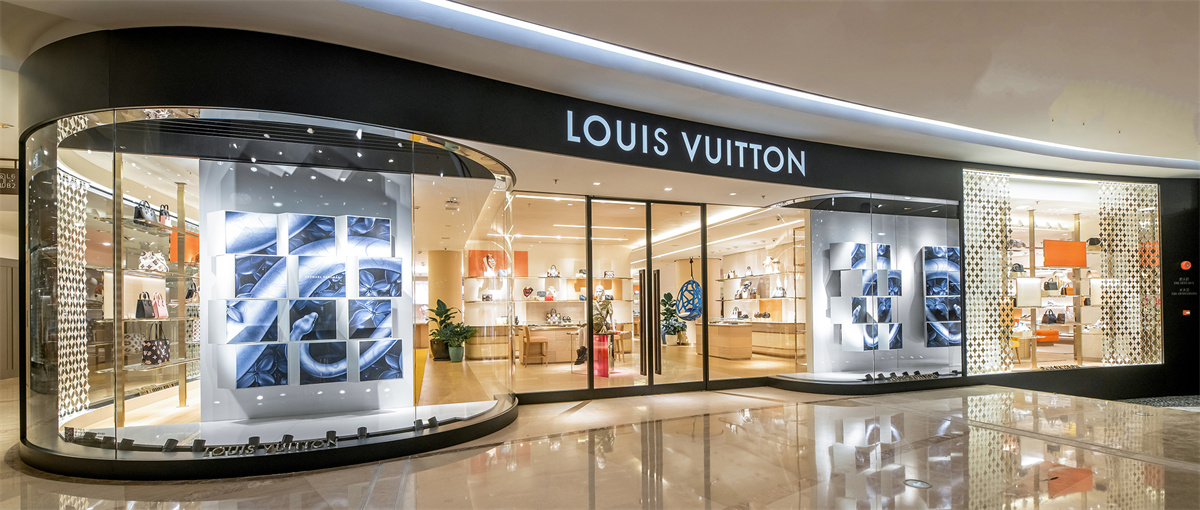
Above: Louis Vuitton boutique at Grand Gateway 66
Luxe.CO: How do brands at Grand Gateway perform in terms of sales?
Veronica Chan: Brand sales have remained stable, especially in the luxury segment.
Some brands, despite having relatively small stores, contribute significantly to overall sales. The relationship between the mall and its tenants is symbiotic, so we regularly communicate with brands to offer tailored support and partnerships.
Luxe.CO: How does Grand Gateway face the competitive landscape of Shanghai’s fashion retail market?
Veronica Chan: Shanghai’s commercial environment evolves rapidly, and competition is becoming increasingly intense. I often tell my team that we must never rest on our laurels. Complacency leads to a lack of competitiveness.
With so many shopping centers now, we need to keenly observe consumer demand and adjust our strategies in real-time to ensure customers always find something new. This is the era of traffic (customer flow), and understanding how to leverage this flow presents both challenges and opportunities for us.
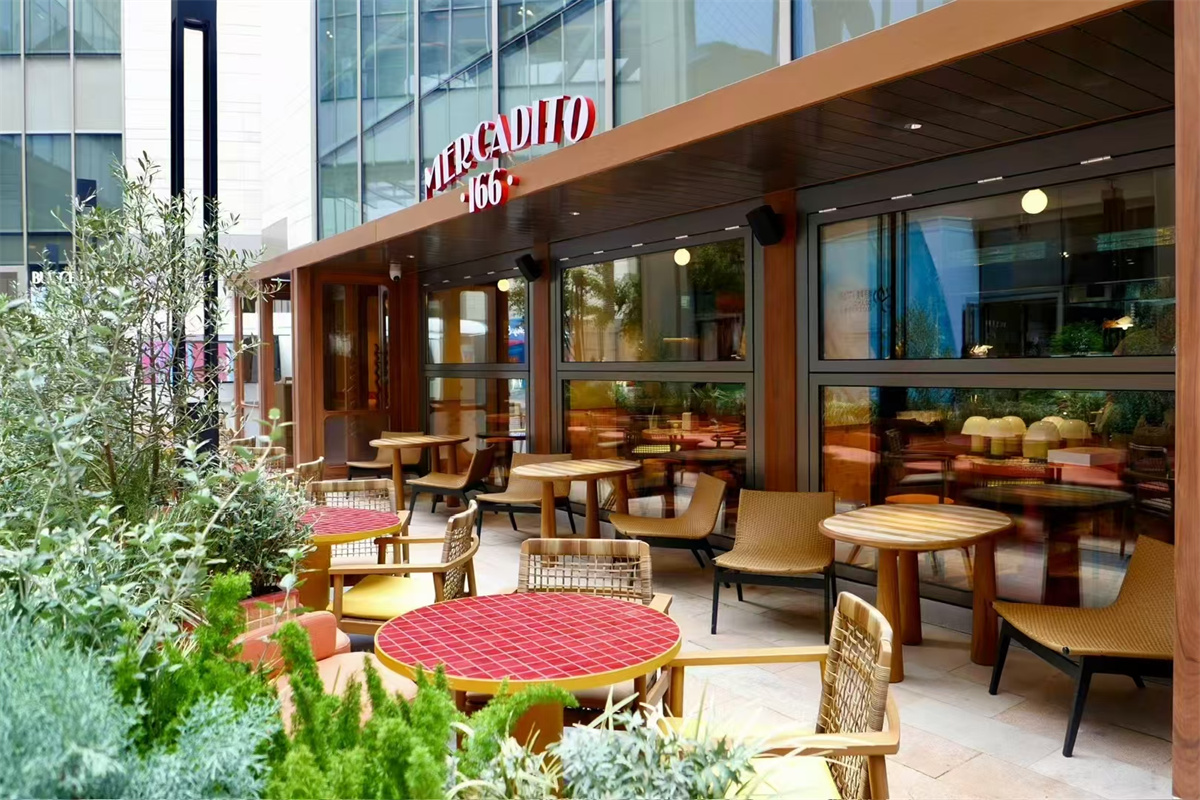
Above: Mercadito 166, a Spanish tea restaurant that opened at Grand Gateway 66 in October this year
“Our Role is Not Just a Developer but a Brand Manager”
Today, consumers are increasingly sensitive to the question of “Who is the commercial complex?” This reflects a growing awareness of the “brand effect” of commercial properties.
For leading commercial complexes, competition around “brand power” has become increasingly fierce and critical. Beyond the evolution and upgrading of tenant portfolios, exceptional service experiences, a comfortable shopping environment, and diverse marketing activities all contribute to shaping a mall’s image. These nuanced optimizations form the foundation of “brand power” and are key to establishing a unique position in the hearts of consumers.
Following its renovation, Grand Gateway 66 has undergone a near-complete transformation. The internal space is now more open and spacious, enhancing the shopping experience.
Consumer feedback on social media vividly reflects the positive reception of these upgrades. Comments such as “The quality and attention to detail of the newly revamped Grand Gateway truly live up to its luxury reputation,” “I love the simple and clear layout,” and “The renovated space has a stronger sense of dimension,” illustrate the success of the changes.
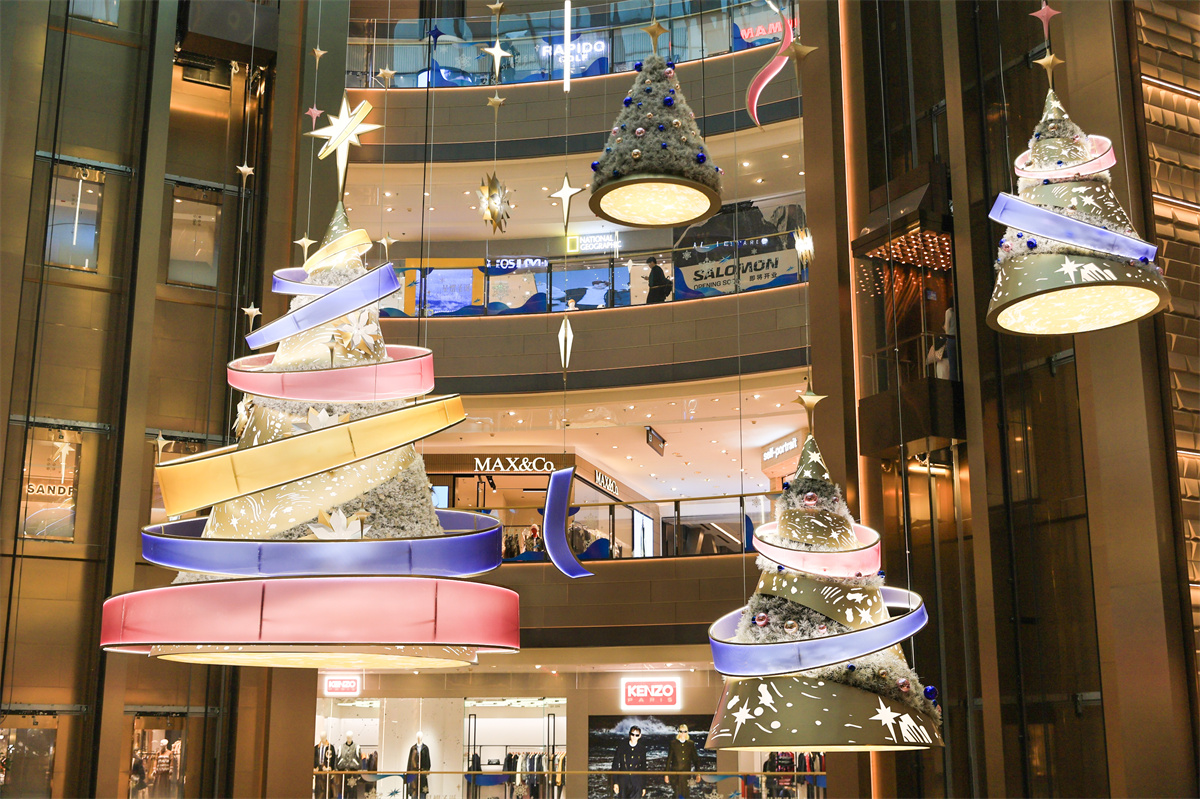
While hardware upgrades satisfy the physical and sensory experiences of customers, the project’s positioning, “Gateway to Inspiration,” aims to establish the mall as a one-stop lifestyle destination brimming with inspiration. This vision provides quality-conscious consumers with a distinctive and irreplaceable shopping experience.
During its annual celebrations, Grand Gateway has carefully curated thematic marketing activities by blending art with commerce, local culture, and trending topics. These efforts not only meet consumers’ spiritual aspirations but also enhance the mall’s appeal and convey its unique style.
According to Veronica Chan, this ability to meticulously design market activities and flexibly adapt to trends has been a significant factor behind the mall’s stellar performance during its anniversary period.
This comprehensive internal and external optimization has not only solidified Grand Gateway’s landmark status in the Xujiahui business district but also earned enduring consumer loyalty and support.

Above: During this year’s anniversary celebrations, Grand Gateway 66 collaborated with “Chinese Ballet Stars Gala,” bringing together principal Chinese dancers from the world’s top ballet companies for a rare original premiere, blending art with commerce.
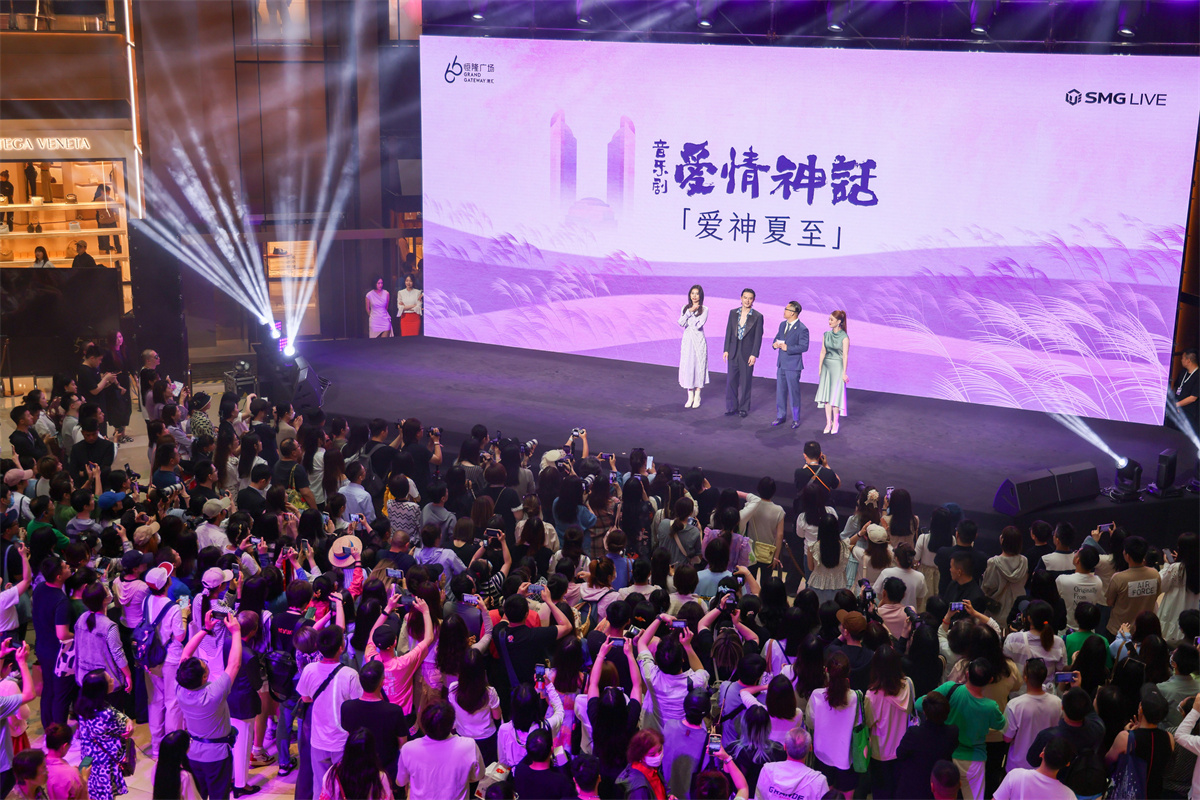
Above: During the May 20th celebrations, Grand Gateway 66 partnered with the musical Love Myth to host an IP collaboration featuring popular Shanghainese bloggers and comedians performing exceptional works in the Shanghainese dialect, showcasing the city’s cultural heritage.
Interview Highlights
Luxe.CO: What insights can Grand Gateway share about enhancing the mall experience?
Veronica Chan: When managing a mall, we must first stop viewing ourselves as developers or property owners. Our role is more akin to that of a retailer, with the mall being a brand in itself.
This means we need to understand clearly what our customers want and the types of customers we aim to attract.
Grand Gateway strives to create diverse content and introduce new elements. For instance, we explore ways to incorporate family-friendly or art-related features into our facilities to meet the evolving needs of today’s consumers.
Luxe.CO: What trends do you foresee for high-end brick-and-mortar retail in China?
Veronica Chan: The Chinese retail market and consumer trends have undergone significant changes. Consumers today are becoming more rational and value personalized service experiences.
In a highly competitive market, if a mall can offer high-value services and products or memorable marketing activities that build a strong reputation, customer return rates will remain high. This presents a key opportunity for Grand Gateway 66.
Luxe.CO: What areas do you think Grand Gateway can improve upon in building its brand power?
Veronica Chan: We hope to build impactful content around our annual “Gateway to Inspiration” theme, creating a signature event unique to Grand Gateway 66 that attracts more visitors year after year.
Additionally, we aim to activate different areas of the mall with stylish, high-quality installations so that every corner radiates the meticulous attention to detail that defines Grand Gateway 66. This ensures guests experience the mall’s sophistication at every turn.
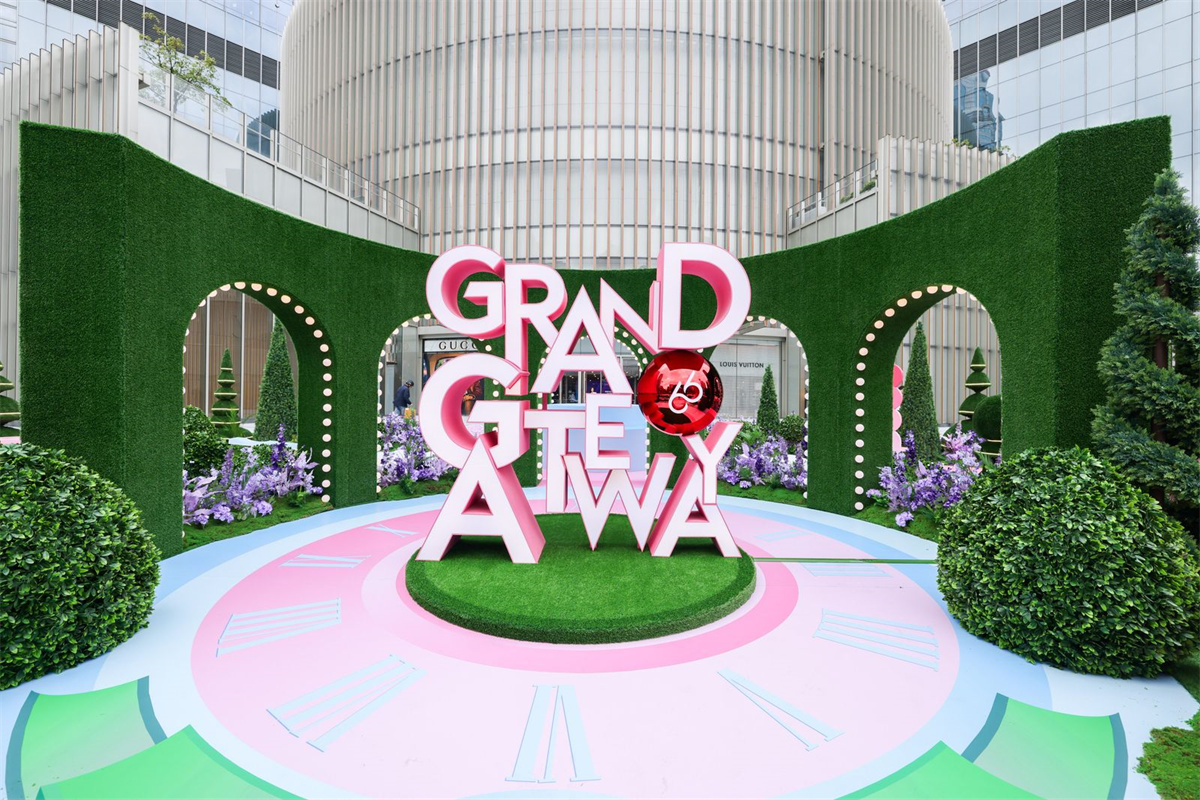
“Many Customers Have Grown Together with Grand Gateway 66”
When Grand Gateway 66 opened its doors at the end of 1999, shopping malls in China were still in their infancy, with most commercial properties centered around traditional department stores.
Take the Xujiahui business district, where Grand Gateway 66 is located, as an example. The area was primarily home to conventional department stores, but from the very beginning, Grand Gateway 66 was positioned as a one-stop high-end commercial complex.
This forward-looking positioning not only laid the foundation for Grand Gateway’s development over the past two decades but also enabled continuous quality upgrades and improvements.
As Veronica Chan remarked during the interview: “For a newly opened commercial property, it is essential to define its positioning clearly from the start. Over time, a mall’s core positioning typically remains unchanged, with optimizations made in various dimensions.”
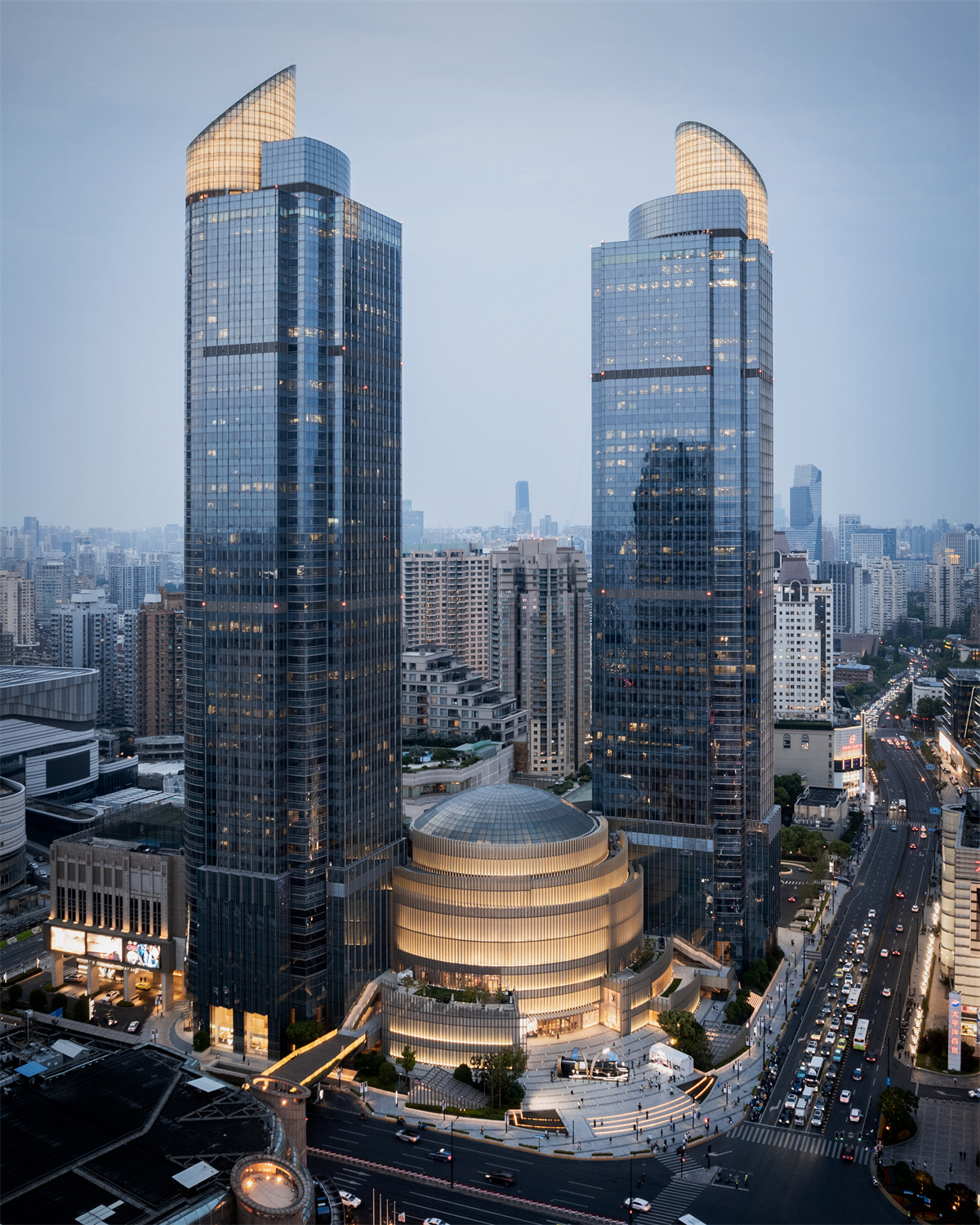
Since its opening, Grand Gateway has become an integral part of the lives of generations of local consumers in the history of Xujiahui’s development. It has not only contributed to the overall prosperity of the business district but also carried the emotions and memories of consumers from the surrounding areas and the entire city.
From young adults to families, the loyal customer groups that have grown alongside the mall are not only invaluable assets for Grand Gateway but have also played a pivotal role in helping brands expand their audiences and penetrate the Chinese market.
From this perspective, Grand Gateway 66 is not merely a commercial lifestyle destination; it is also an emotional bridge connecting people and the city.
Interview Highlights
Luxe.CO: What are the characteristics of Grand Gateway’s customer base?
Veronica Chan: Currently, our core customer demographic is aged 25 to 40, predominantly local consumers who value quality in life. The loyalty of our customers is very high—many of them started visiting us as students, then continued after getting married and starting families. You could say they’ve grown together with us.
Luxe.CO: Having worked in other cities, what differences do you observe between Shanghai consumers and those in other cities?
Veronica Chan: Shanghai’s commercial environment is relatively mature, and consumers here tend to have a higher level of brand awareness and acceptance. They have more choices and consider value for money when making purchases. In contrast, commercial districts in other cities are more concentrated, with consumers having a stronger sense of purpose in their shopping. These consumers also place a greater emphasis on personalized experiences and enjoyment.
Luxe.CO: What do you think differentiates Hong Kong-funded commercial real estate, and what are its unique operational philosophies?
Veronica Chan: Hong Kong-funded malls typically engage in more frequent and in-depth communication with brands, focusing on how to collaborate and grow together with them.
In my experience, Hong Kong-funded malls tend to develop at a steadier pace, dedicating more time to understanding and deeply engaging with tenants. This reflects what we call a long-term approach to managing a commercial property.
| Image Credit: Provided by Grand Gateway 66
| Editor: Zhu Ruoyu


